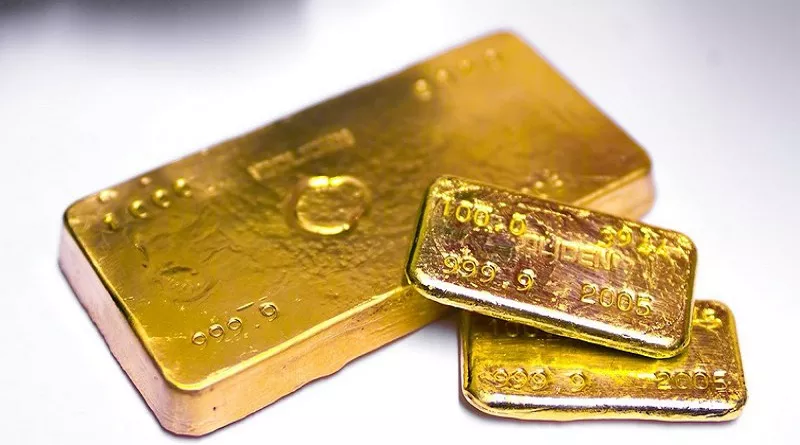The world of financial markets is rich with a variety of instruments that allow investors and traders to navigate the dynamic landscape of commodities, currencies, and other assets. One such instrument that holds significant allure is the gold futures contract. This derivative, tied to the price of the precious metal, offers participants an avenue to speculate on gold’s future value while managing risk. In this article, we’ll delve into the specifics of a gold futures contract, highlighting its key components, discussing its role in risk management, and presenting a concrete example that showcases how these contracts function in practice.
1. Understanding Gold Futures Contracts
The Basics: A gold futures contract is a standardized agreement that obligates the parties involved to buy or sell a specified quantity of gold at a predetermined price on a future date. These contracts are traded on established commodity exchanges, such as the Chicago Mercantile Exchange (CME), and are subject to strict terms and conditions.
Speculation and Hedging: Gold futures contracts serve a dual purpose in the financial markets. On one hand, they attract speculators who seek to profit from price fluctuations in the gold market. On the other hand, these contracts are also used by industry participants and gold producers to hedge against adverse price movements.
2. Components of a Gold Futures Contract
Contract Size: Gold futures contracts specify the quantity of gold to be traded. The standard contract size for gold futures is typically 100 troy ounces, providing a standardized unit for trading.
Expiration Date: Each gold futures contract has a specific expiration date, indicating the date on which the contract matures. At this point, the parties must either settle the contract or roll it over to a new contract if they wish to maintain their position.
Delivery Location: Gold futures contracts also stipulate the location at which physical delivery of the gold is to occur. However, it’s essential to note that most traders do not intend to take physical delivery; instead, they focus on profiting from price movements before the contract’s expiration.
3. A Concrete Example of a Gold Futures Contract
Let’s consider a hypothetical example to illustrate the workings of a gold futures contract:
Scenario: Trader A believes that the price of gold, currently trading at $1,800 per ounce, will increase over the next three months. Trader B, on the other hand, anticipates a slight decline in the price of gold.
Contract Details: Both traders decide to enter into a standard gold futures contract with a contract size of 100 troy ounces and an expiration date three months from the current date.
Trader A’s Position: Trader A takes a long position in the gold futures contract. This means that Trader A is buying the contract with the expectation that the price of gold will rise by the contract’s expiration date. If the price does indeed increase, Trader A can sell the contract at a higher price, realizing a profit.
Trader B’s Position: Trader B takes a short position in the gold futures contract. This means that Trader B is selling the contract with the anticipation that the price of gold will decrease by the contract’s expiration date. If the price does indeed decline, Trader B can buy back the contract at a lower price, profiting from the difference.
Outcome: At the contract’s expiration date, the prevailing market price of gold determines the outcome for Trader A and Trader B. If the price of gold has risen, Trader A realizes a profit by selling the contract at the higher price. Conversely, if the price of gold has decreased, Trader B profits from buying back the contract at a lower price.
4. Risk Management with Gold Futures Contracts
For both speculators and hedgers, gold futures contracts offer a valuable tool for managing risk. Here’s how:
Speculators: Speculators use gold futures contracts to profit from price movements without actually owning the physical gold. By taking long or short positions, they can capitalize on anticipated price trends, mitigating the need to purchase and store the precious metal.
Hedgers: Participants in the gold industry, such as gold miners and jewelry manufacturers, face exposure to price fluctuations that can impact their profitability. Hedgers use gold futures contracts to lock in a price for future delivery, thereby safeguarding against adverse price movements.
Conclusion
Gold futures contracts exemplify the dynamic nature of financial markets, offering participants the opportunity to speculate on gold’s price movements while also serving as a risk management tool for industry players. Understanding the components of a gold futures contract, the role it plays in the financial ecosystem, and its practical application through a concrete example provides a comprehensive view of this intriguing derivative. Whether as a speculative instrument or a risk mitigation strategy, gold futures contracts continue to shape the landscape of commodities trading, providing a platform for investors to navigate the ever-changing world of gold prices with greater insight and confidence.

